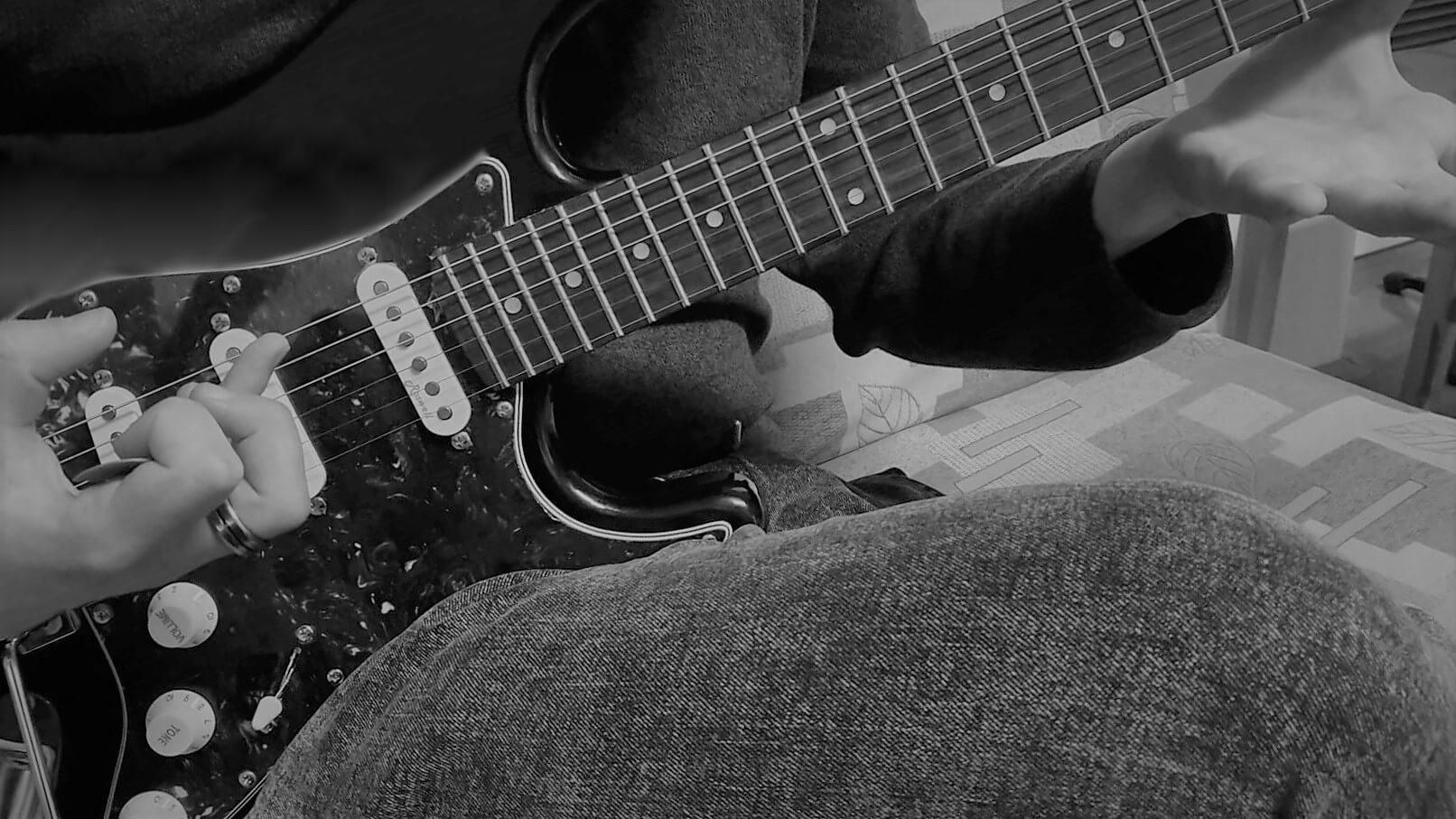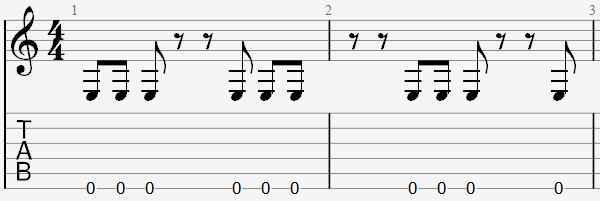Tired of always playing the same rhythms over and over again?
We, musicians (especially guitarists) tend to always come up with ideas that we either already played before or heard somewhere. And we can't help that instinct, as it really is a subconscious human nature to do so. All musical ideas have to come from somewhere. And the usual source is the music we listen to, with some adjustments.

Music has many elements. Rhythm, melody, and chords (better known as harmony) are just a few fundamental ingredients we usually bend to create music. Though, rhythm is many times overlooked/skipped. Many songs are created just by strumming a few chords using the same old rhythms everyone learns as a beginner. Then you put some lyrics to it and it's done.
Through time even harmony started becoming more simple and human ears adapted accordingly, making anything a little more sophisticated basically unlistenable and »too complex« to be on the radio. Ever wonder why so much music sounds the same?
I'm sure there are still many great songwriters who actually know what they are doing musically. Especially in other more complex genres of music like funk, metal, fusion, jazz ...
But now since harmony needs to be simple, melody memorable and repetitive; we can still do a lot with rhythm, thus creating original music without sounding weird.
Now to define what I mean by rhythm properly. I'm referring to rhythms of vocals, bass tracks, guitar tracks, drums ... or basically anything in a song we can label as the rhythm.
How can we develop original rhythm ideas to be used in various melodies and chords in music?
Well, some people are capable of coming up with great musical ideas all in their heads. But it usually takes a lot of aural skills, and musical knowledge (commonly known as »talent«) to be able to pull it off. Want to get more creative musical ideas and be able to use them in real music? Train your ears, and you'll see great ideas coming your way, trust me.
What's the alternative?
Experimenting. But first on paper (or computer). Why that? Because our hands always tend to resort to the same old rhythms we keep playing all the time, remember? So first, put your instrument down.
It's a good idea to have access to some computer software like Guitar Pro or any kind of DAW. Anywhere you can write music on your computer. It comes in handy when you have to actually learn the rhythms you came up with and you can play the ideas and correct them if needed straight away.
Here is a cool approach to generate some awesome rhythmical ideas:
-
Pick a time signature. You can use a different one every time you go through the process.
-
Pick a constant value of notes. They need to be a least eight notes or more. But, pick any you like: can be triplets, sixteen notes or even quintuplets if you're feeling adventurous.
-
Fill in equally with those notes as many bars as you would like the rhythmical pattern to last. You don't need any chords or melodies at this point. If you use Guitar Pro, just enter straight 0-s on open strings.
-
Now delete some of those notes. Can be completely at random, or you can use a number pattern like: leave 3 notes and delete 2, then again leave 3 notes and delete 2. Using specific number patterns like (3+2+3+2) we used above can create some awesome polyrhythmic sounding rhythm patterns.
-
Copy the pattern a couple of times and make it repeat.
-
Listen to what you've just created.
-
Make adjustments. Given that you already have a creative idea in front of you you will probably be able to hear what you would like to change. Do those minor adjustments to make the idea sound more musical and coherent. You can also decide on whether you would like those deleted notes to actually be »rests«, or you can make previous notes ring throughout the empty space.
-
Add chords to the pattern. It can be just normal power chords. Or you can leave those 0-s if you like that Djent-kind of sound. Chords work great when you use rests in between.
-
Or you can add melodies to the pattern. Melodies work better if you fill that gap with held notes. You can now use the melody for vocals or any other kind of solo instrument.
And there you have it. You've just created some awesome musical ideas! Now it's all up to you, how you're gonna use them. You don't have to create many to write songs. Many times one good musical idea can be more than enough to create a memorable song.
Do you like the concept? Share your thoughts and ideas with me. You can reach me out on the link provided in the last paragraph.
About the Author
Janez Janežič is a passionate guitarist, songwriter, and guitar teacher from Slovenia. When he’s not performing or composing for his bands, he dedicates his time to teaching guitar and helping students achieve their goals. If you’re looking for the best guitar lessons in his area, check out his najboljše lekcije kitare v Novem mestu.







